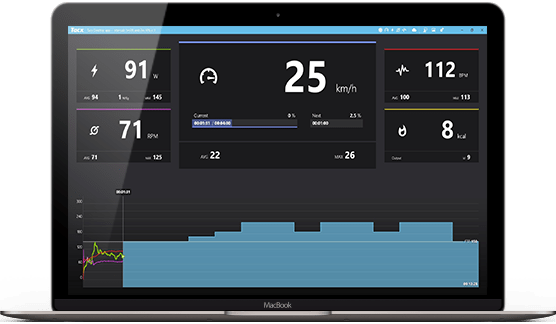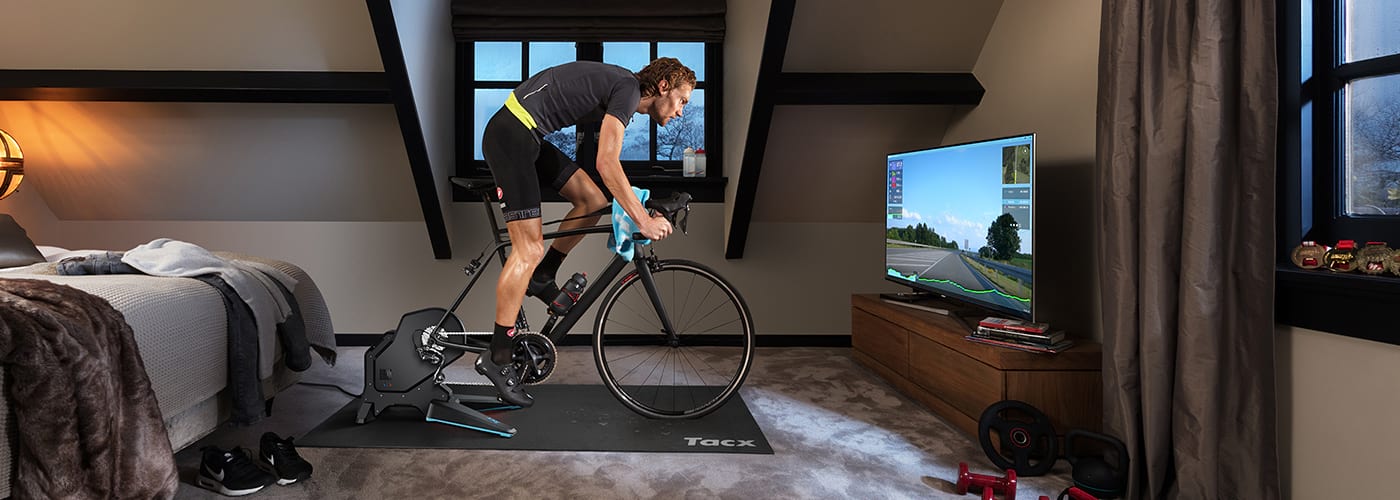-
Road
-
MTB
- E-Bike
-
BMX
- City
-
Accessories
-
Riders Gear
-
Ladies
- Kids
-
Streetwear
- Triathlon
-
Brands
1
- 100%
A
- A2z
- Absoluteblack
- Abus
- Acros
- Add one
- Addbike
- Adidas
- Adidas terrex
- Agu
- Aivee
- Ale
- All mountain style
- All-city bikes
- Alligator
- Alpina
- Alpinestars
- Altra
- Altura
- Amphora
- Animal bikes
- Animoz
- Answer products
- Aqua2go
- Aquaman
- Arena
- Ashima
- Asics
- Aso
- Ass savers
- Assos
- Asterion
- Avian bmx
- Avid
- Axa
- Azr
- Challenge
- Chase bicycles
- Chris king
- Chromag
- Chrome
- Ciari
- Ciclosport
- Cinelli
- Clarks standard
- Clif bar
- Cobra bikes
- Colting
- Commencal
- Compex
- Compressport
- Continental
- Craft
- Crane bell co.
- Crankbrothers
- Creme
- Croozer
- Crosscall
- Cube
- Cube acid
- Cube rfr
- Cult
- Cushcore
- Cybex
- Cyclingceramic
- Cyclus tools
D
- Dainese
- Dakine
- Dare 2b
- Dare2tri
- Dartmoor
- Deboer
- Deda
- Deda elementi wheels
- Deuter
- Dexshell
- Dhb
- Diamant
- Dm3
- Dmr
- Dt swiss
- Dugast
- Dvo
- Dynaplug
G
- G-form
- Galfer
- Garmin
- Genuine innovations
- Ghost
- Giro
- Gonso
- Gorewear
- Granite design
- Gripgrab
- Gt bicycles
H
- Haibike
- Hamax
- Hammerhead
- Hayes
- Head
- Hebie
- Hed
- Hexlox
- Hiplok
- Hjc
- Hope
- Ht components
- Hutchinson
- Huub
- Hydrapak
- Maxxis
- Mb wear
- Melon optics
- Merrell
- Met
- Mh cover
- Miche
- Michelin
- Microshift
- Milkit
- Miranda
- Mizuno
- Mongoose
- Monkeylink
- Morgaw
- Motion ride
- Moto
- Motorex
- Mottez
- Mrp
- Msc bikes
- Muc-off
N
- Neat flow
- New balance
- Newmen
- Newton running
- No-flats
- North shore billet
- Northwave
- Notubes
- Now8
- Ns bikes
- Nukeproof
- Nutcase
O
- O'neal
- O.symetric
- Oakley
- Odi
- Odlo
- Odyssey
- Oneup components
- Onyx
- Orange
- Orbea
- Ortler
- Ortlieb
- Osprey
- Oury
- Rant
- Red cycling products
- Renthal
- Respro
- Restrap
- Reverse components
- Revoloop
- Reynolds
- Rh+
- Ride concepts
- Ridley
- Ritchey
- Riva
- Rocday
- Rockshox
- Roeckl
- Rondo
- Roto
- Rotor
- Rrp
- Rudy project
S
- S'cool
- Sailfish
- Salming
- Salt
- Saltplus
- Santini sms
- Sapim
- Saris
- Saucony
- Sb3
- Schwalbe
- Scicon
- Scope
- Sdg
- Se bikes
- Se racing
- Sea sucker
- Sella italia
- Selle italia
- Selle royal
- Selle san marco
- Sendhit
- Serious
- Shapeheart
- Shimano
- Sidi
- Sigma
- Silca
- Silva
- Sixpack
- Sixs
- Sixsixone 661
- Skean
- Skf
- Skins
- Sks germany
- Slicy
- Smith
- Smp
- Sock guy
- Spank
- Spanninga
- Specialites ta
- Speedo
- Spirgrips
- Spiuk
- Sportful
- Sportourer
- Squirt lube
- Sr suntour
- Sram
- Stages cycling
- Stranger
- Strobmx
- Stronglight
- Sun ringlÉ
- Sunrace
- Suomy
- Supacaz
- Supernova
- Supertour
- Sweet protection
- Swissstop
- Thickslick
- Thomson
- Thule
- Ti-springs.com
- Tigra sport
- Time
- Tioga
- Title
- Tnt bicycles
- Topeak
- Topo athletic
- Trail gator
- Transition bikes
- Troy lee designs
- Trp
- Truvativ
- Tsg
- Tubolito
- Tubus
- Tucano urbano
- Tufo
- Tune
- Tyr
V
- Vans
- Var
- Vaude
- Velco
- Velotoze
- Velox
- Vermont
- Viper
- Vision
- Vittoria
- Vitus
- Vojo
- Votec
- Vredestein
- Vsf fahrradmanufaktur


TACX - Technology
THE WORKING PRINCIPLE OF TACX TRAINERS
All Tacx function on the basis of magnetic or electromagnetic resistance, i.e. they feature a magnetic force between a system of magnets and a flywheel. This technology ensures a very high level of realism, a whole gamut of different options and settings and a wide range of levels of resistance. Furthermore, the system is easy-to-use, reliable and very robust.
The brand’s models feature different types of flywheel and resistance, which determine the maximum power, the levels of resistance available and the range of options and compatible accessories.
The flywheel, ensures that the feel of open-air riding is faithfully replicated, such as your bike not stopping when you stop pedaling and the dead point of your pedal stroke. Tacx basic trainers feature a metal flywheel whilst the more advanced models have a virtual flywheel which is controlled electronically. Unlike real flywheels, virtual flywheels can modify the mass inertia, i.e. the energy necessary to turn the flywheel, to adapt it to precise conditions, such as speed and gradient. This ensures a more precise simulation of the rider’s weight.
The basic principle is that the heavier the flywheel and/or mass inertia (for virtual flywheels), the more realistic the cycling experience.
The Tacx Basic range of trainers features a magnetic brake Resistance is created by permanent magnets, which do the job so effectively that no electricity is required. The Booster features two rows of magnets whilst other basic trainers (Blue Motion, Blue Matic, Blue Twist) only feature one row and a disc.
A change in the position of the magnets will increase or decrease the magnetic field. The magnets’ position can be altered manually via a dial on the brakes or the handlebars which offers up to 10 different positions.
The Smart models feature a combination of different systems. The entry-level model features a magnetic brake identical to that present on the basic models.
The more advanced models are fitted with an electromagnetic brake. This type of brake consists of a row of electromagnets and a row of permanent magnets with a rotating disc positioned between them. The level of resistance is modified automatically, via a smartphone or tablet device, by increasing or reducing the current via the electromagnets. These models require electricity.
The most advanced models feature a motorised electromagnetic brake, which ensures an even more realistic experience. Resistance is calculated and generated by an electrical motor. The motor can break but also drive both the wheel and chain, thus simulating descents – just like riding outdoors, you don’t have to pedal. Descent training is useful as it enables you to realistically simulate the dead point of your pedal stroke. The motor brake is very powerful and can generate very high levels of resistance at low speeds. Such characteristics make Tacx trainers with motor brakes perfect for simulating mountain conditions.
The motor can also function wirelessly, i.e. via a generator which powers the system by you turning the pedals. The trainer uses this energy to communicate and produce the desired resistance. As the trainer does not require an external power source, it can be positioned anywhere you like.
In addition to the type of resistance or inertia, the transmission characteristics vary across trainer models. Most Tacx models feature roller transmission . This system is very simple as you merely place the back wheel on the roller which will create the link with the magnetic or electromagnetic brake.
The more high-end models are designed around the Direct Drivesystem, whereby the bike is attached to the trainer with the rear wheel removed. Resistance is directly applied to the rear axle, thus ensuring a very realistic experience and more precise measuring of speed, cadence and power. In addition, there is no tyre wear or slipping. Direct drive is also maintenance-free and bike mounting is very easy.
TRAINING TYPES
As the name suggests, the Basic models feature basic training options. The rider sets the desired level of resistance via the manually-operated dial. However, you can upgrade your basic trainer into a smart trainer so that you can train using Tacx apps, Zwift or TrainerRoad by simply purchasing a speed and cadence sensor. You will thus create virtual power, an indication of the power generated, and can thus train with your favourite apps, even though the power level indicated is less precise than a direct power measurement.


The Smart models enable you to go to the next level. Via wireless ANT+ FE-C and Bluetooth Smart (also known as Bluetooth 4.0), Tacx smart trainers can connect to devices and software which measure speed, cadence, power and heart rate. You can also control the trainer via apps and software such as Tacx apps, Zwift, TrainerRoad and Kinomap.
Tacx smart trainers also feature dynamic control of breaking power. Resistance is constantly calculated and adapted. When calculating resistance, all of the physical conditions a cyclist faces on the road are applied to create a true-to-life simulation. Air and rolling resistance, gradient, weight, air pressure, wind speed, temperature, altitude and inertia are all factored in and calculated multiple times per second to create the ultimate ride feel.


Tacx smart trainers can also be used without them being connected to a device. In such cases, they will simulate flat terrain. This is a perfect solution for a short, simple workout as all you have to do is pedal. As soon as you start pedaling, the trainer recognises that it is not connected and proceeds to calculate the necessary resistance for flat terrain, accounting for all relevant factors such as rolling and air resistance. This ensures a very realistic simulation of flat terrain. The level of resistance changes progressively: the higher your speed, the higher the resistance.
The most advanced models with a motor brake can be used for interactive training sessions if they are connected to simulation software. Offering a huge choice of training options such as virtual races, online races against other users (multiplayer licence required) on the basis of imported GPS data and Tacx videos (sold separately), the software controls the brake to ensure a faithful simulation.
Via the two communication protocols (ANT+ FE-C and Bluetooth Smart), the trainer can connect to several devices simultaneously. For example, you can view a Tacx Film on your tablet whilst reading and storing your performance data on Garmin Connect on your on-board computer.





